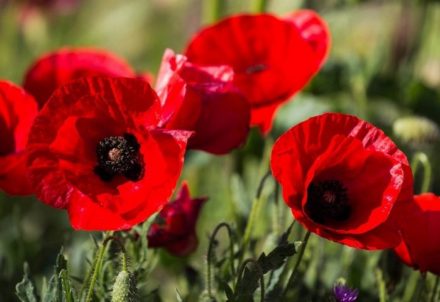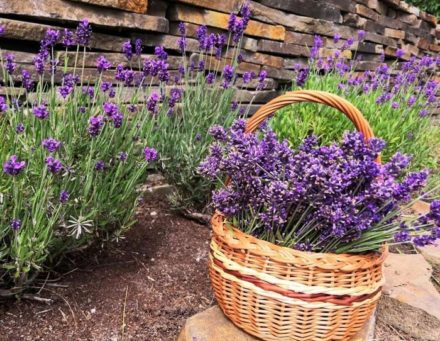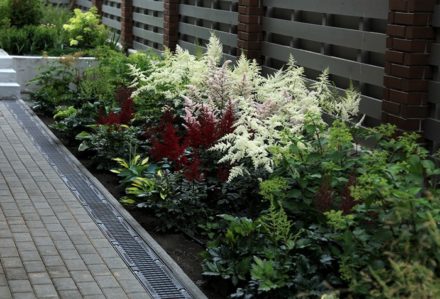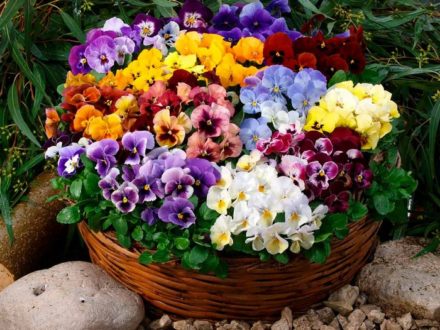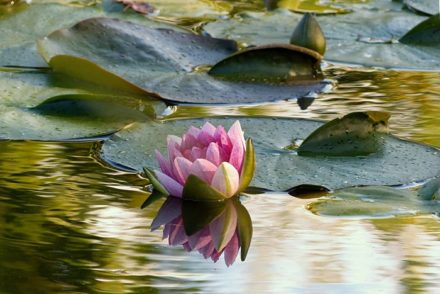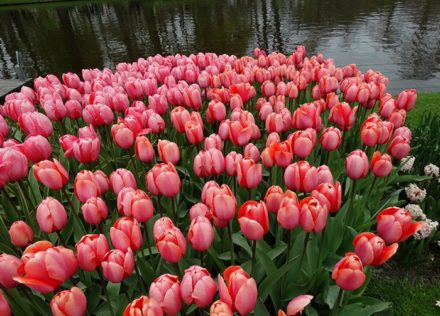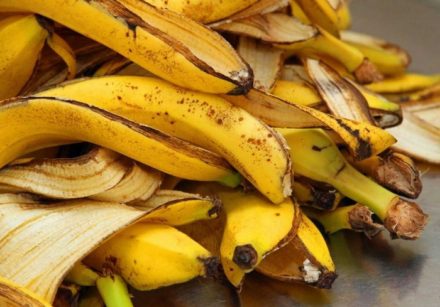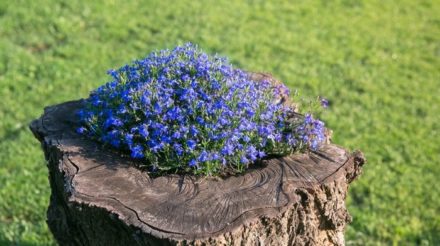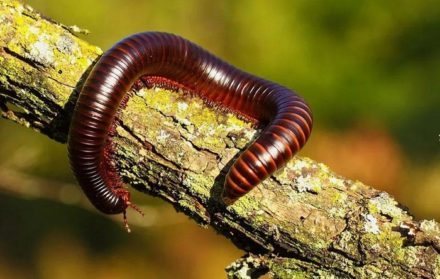Wild plants attract gardeners with their ease of care, bright colors and simplicity. Using the right color combinations, you can create stunning flower beds that will delight the eye throughout the season.
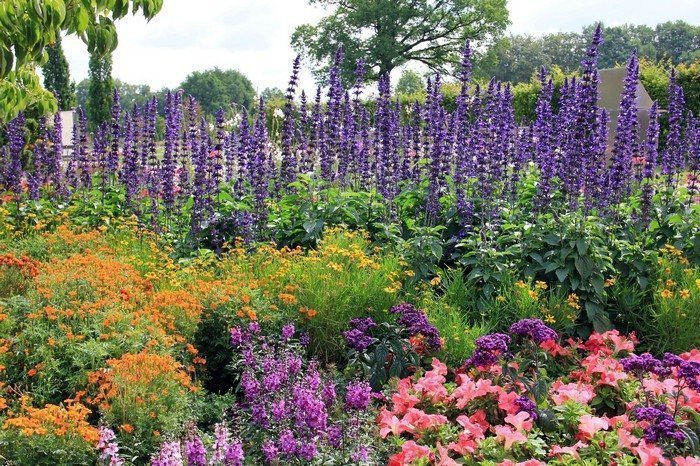
Lavender
Lavender is a perennial that grows quickly enough and its aroma is intense enough to repel garden pests. Lavender will be a wonderful decoration for flowerbeds of various types; you can use it to decorate a garden path or grow an independent flowerbed from it.
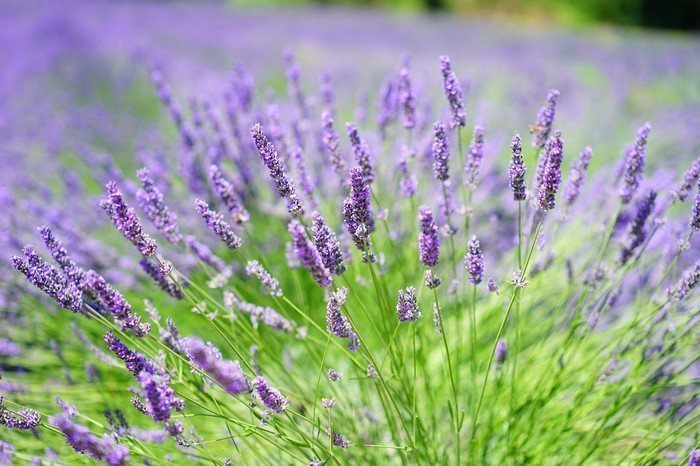
Nivyanyk
Nivyanik looks very much like chamomile and belongs to the aster family. It is very easy to care for, famous for its long flowering period and grows in one place for up to 4 years. Its stems reach a height of 60 cm or more.

Lungwort
Several species of lungwort grow on the territory of Russia, but the largest and most beautiful of them is the softest lungwort. It begins to bloom quite early. It attracts gardeners with its ability to change color and fairly large basal leaves. In the garden, it can be used to decorate a shaded area.
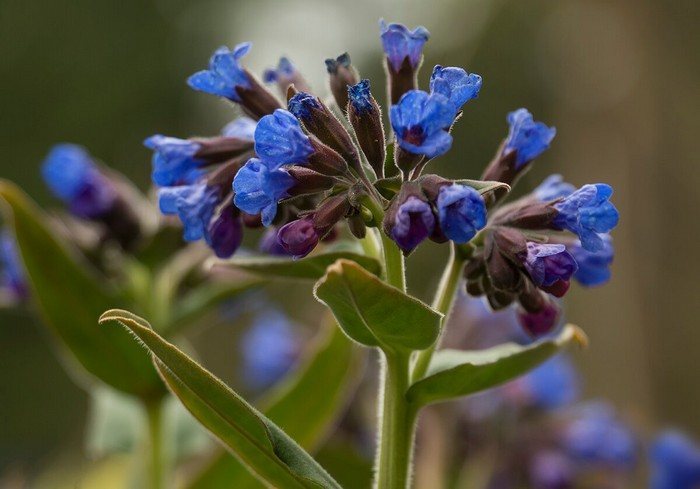
Forest forget-me-not
Forget-me-nots spread out in the flowerbed like a bright blue flower carpet. They are unpretentious, reproduce independently and are biennials. To make the plant bloom longer, it is preferable to plant forget-me-nots in shady areas.Caring for them is limited to regular watering.
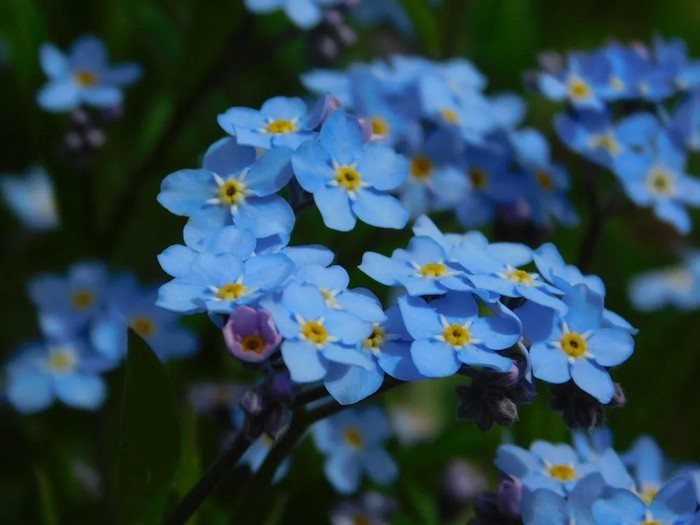
Bellflower
Any novice gardener can grow bellflowers on their plot. They are unpretentious in care and are almost not susceptible to diseases, the only thing that can prevent them from growing and developing is excess moisture. The species diversity is represented by simple, semi-double and double flowers. The color range of these flowers includes pink, white, blue, lilac and purple tones. Wild plants reach a height of more than 1 m.
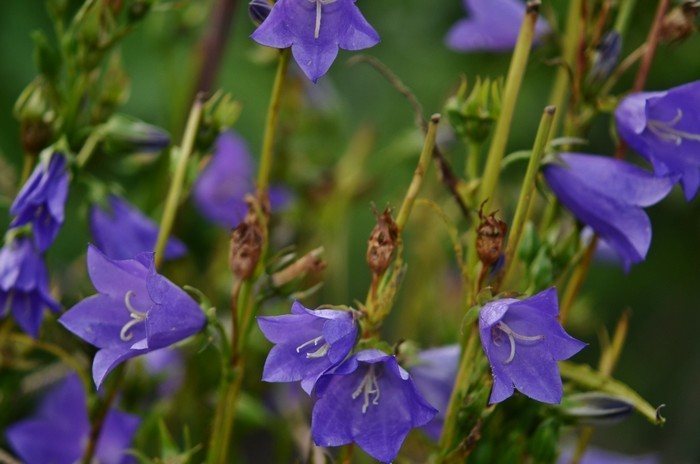
Cornflower
These flowers can boast of an unpretentious character, they will happily occupy both semi-shady and sunny corners of the garden. Among them, there are annual and perennial varieties, as well as large-headed cornflowers with unusually fluffy yellow flowers. They get along well and are combined in one flowerbed with their flowering neighbors - peonies, leucanthemum and other decorative foliage plants.
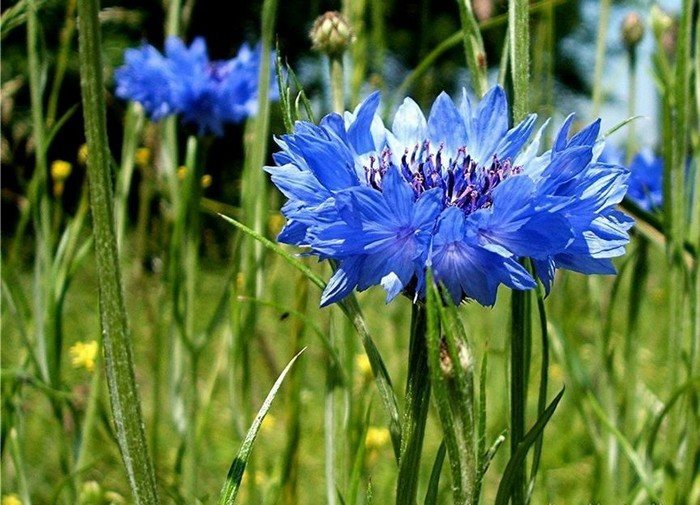
Forest violet
Delicate violet is a perennial plant with small flowers of 5 petals. It blooms soon after the snow melts and during its flowering, especially in the morning and evening hours, it spreads a sweetish aroma. The developed rhizome allows it to grow quite quickly, forming a bright flower meadow on the flowerbed.
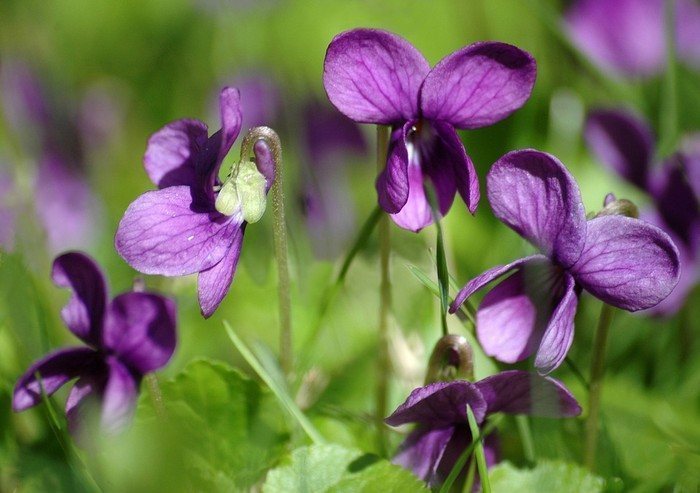
Maynik bifolia
Maynik has branched creeping roots and is capable of rapid growth. It does not require painstaking care, but can become a real decoration of the summer cottage. It begins to bloom in the third year after planting, in May - June.
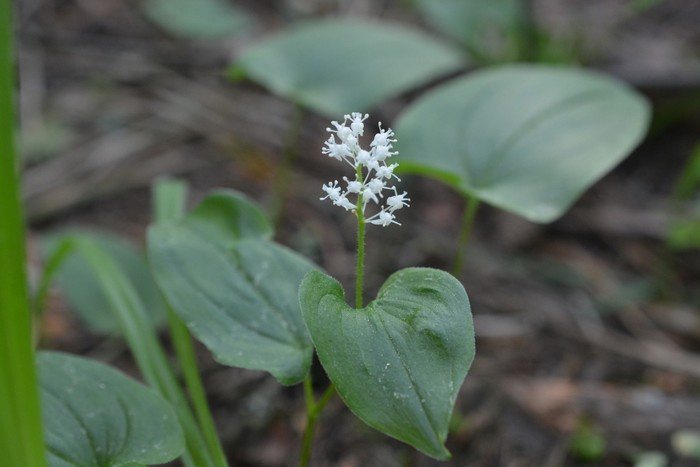
Paupavka dyer or yellow-flowered
The plant reaches a height of 30 cm to one meter. Flowering lasts from June to October. The navel prefers moist, slightly rocky or sandy soils, blooms in the second year after planting, and its flowers look like yellow daisies.
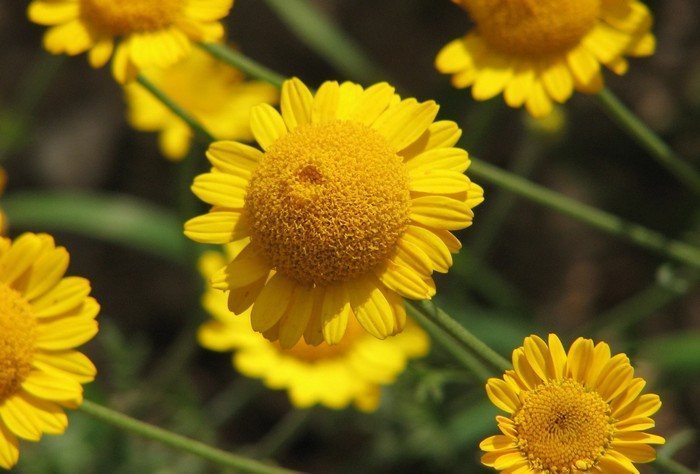
Adonis
Adonis blooms in late April or May. This small plant is a perennial, usually blooming with bright yellow flowers, but there is also a variety with red ones. The bushes are neat and fluffy thanks to the large number of leaves covering the stems.
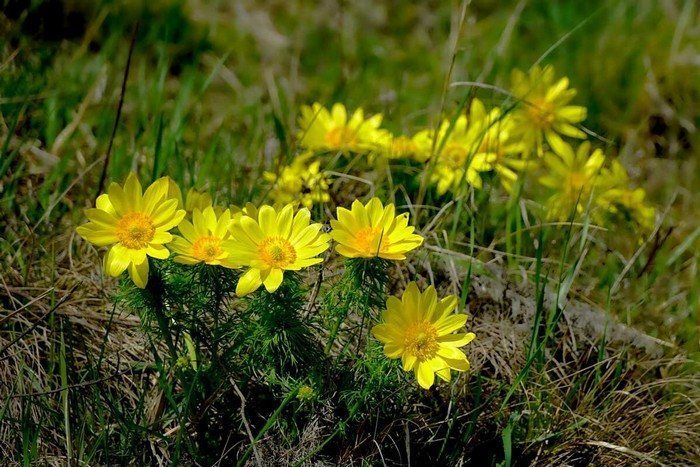
Using wild flowers you can create a unique, vibrant flower bed. They will perfectly complement the splendor of garden crops in flower beds.


